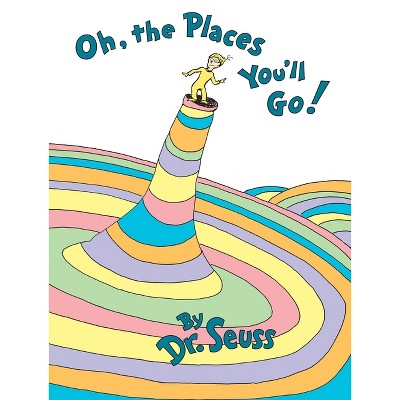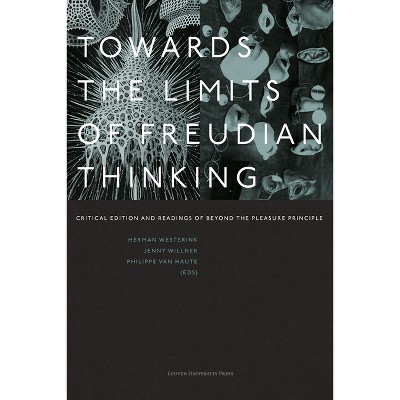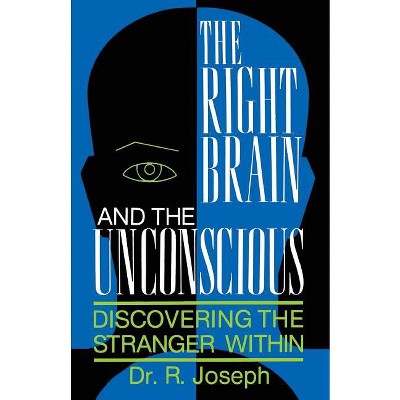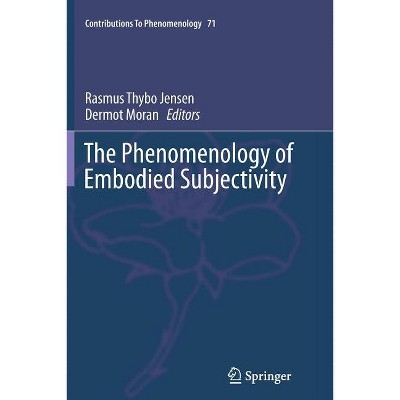Phenomenology and Lacan on Schizophrenia After the Decade of the Brain - (Figures of the Unconscious) by Alphonse de Waelhens & Wilfried Ver Eecke

About this item
Highlights
- In Phenomenology and Lacan on Schizophrenia, Alphonse De Waelhens provides a clear summary of Lacan's theory of schizophrenia, as Lacan derived it from his commentary of Freud's study of the Memoirs of Schreber.
- Author(s): Alphonse de Waelhens & Wilfried Ver Eecke
- 338 Pages
- Philosophy, Movements
- Series Name: Figures of the Unconscious
Description
About the Book
In Phenomenology and Lacan on Schizophrenia, Alphonse De Waelhens provides a clear summary of Lacan's theory of schizophrenia, as Lacan derived it from his commentary of Freud's study of the Memoirs of Schreber. De Waelhens also shows how Lacan's...
Book Synopsis
In Phenomenology and Lacan on Schizophrenia, Alphonse De Waelhens provides a clear summary of Lacan's theory of schizophrenia, as Lacan derived it from his commentary of Freud's study of the Memoirs of Schreber. De Waelhens also shows how Lacan's understanding of the schizophrenic as having a defective relation to language can also explain four other characteristics of schizophrenic behavior: the fragmented body image; lack of realistic evaluation of the world; so-called bisexuality; and confusion of birth and death. Third, De Waelhens gives a Hegelian interpretation of the pre-Oedipal experience of the child. He makes use of Freud's study on his grand-child using a bobbin and later the words fort-da (away-here), to demonstrate that a transitional object allows the child to take distance from its attachment to the mother so that it can start to separate itself from the mother. Taking distance is, according to De Waelhens, introducing the Hegelian negative, which is the birth of the subject. Fourth, De Waelhens gives a dialectic reading of the history of German and French psychiatry. He shows the epistemological contradictions in the work of some of the great nineteenth century psychiatrists relying too exclusively on a biological model of schizophrenia.In his contribution to this volume, Wilfried Ver Eecke draws several lessons from evaluating the literature on schizophrenia. He argues that epistemologically neither a biological nor a psychological method of reasoning can capture all the factors that can play a role in the creation of schizophrenia. He relies heavily, but not exclusively, on the Finnish studies of Tienari, Myrhman, and Wahlberg and their colleagues to provide statistical evidence that non-biological factors also play an important role in causing schizophrenia. He relies heavily, but again not exclusively, on the study by Karon and VandenBos to demonstrate statistically the efficiency of psychodynamically inspired therapy of schizophrenics.Ver Eecke also addresses an apparent inconsistency in De Waelhens' presentation of Lacan's theory of schizophrenia. Where De Waelhens seemed to argue at one time that the mother figure was the crucial figure to explain schizophrenia (leading to a defective relation to the body) and at another time that it was the role of the father which was crucial (leading to a defective relation to language and the symbolic), there Ver Eecke argues that the defective function of each influences the function of the other. He then draws a conclusion for the therapy of schizophrenics: to be helpful a therapist will have to address both deficiencies. The problem for treating schizophrenics is that correcting an unconscious deficiency to the body-a deficiency in the imaginary-requires a totally different kind of intervention than an attempt to correct a symbolic deficiency-a deficiency in the paternal function. A correction of the imaginary requires a kind of maternal mirroring; a correction of the symbolic requires making a distinction or a prohibition stick. One further difficulty arises. Psychotherapy uses language in its treatment. However, language in schizophrenics is deficient. We can therefore expect that language will be inefficient. This is so unless the therapist uses language, first, to make a repair at the imaginary level and only thereafter makes an attempt to make a correction in the symbolic. In analyzing successful therapeutic techniques reported by several therapists Ver Eecke discovers that all of them first try to repair the imaginary before they attempt to make corrections to the symbolic.











